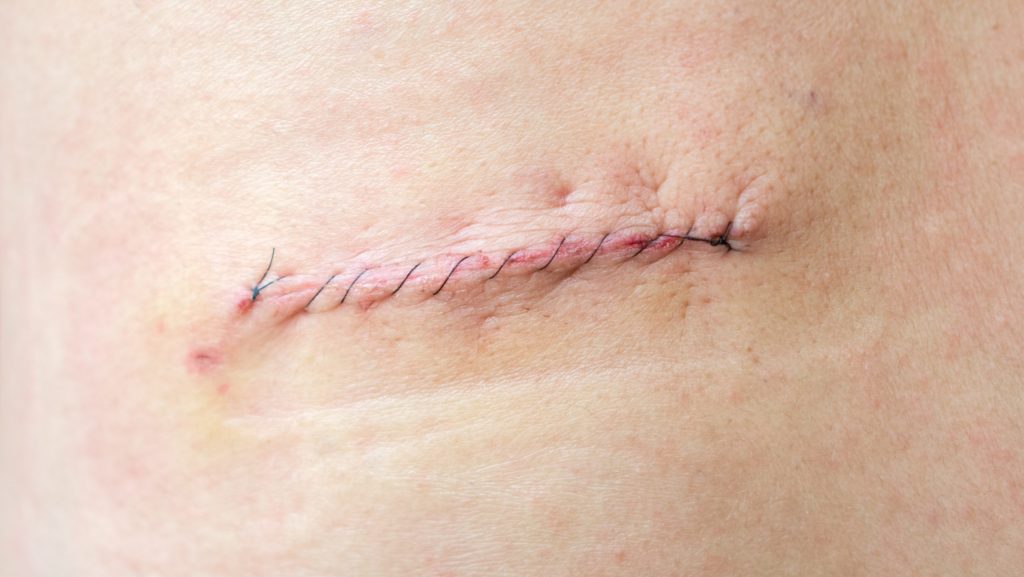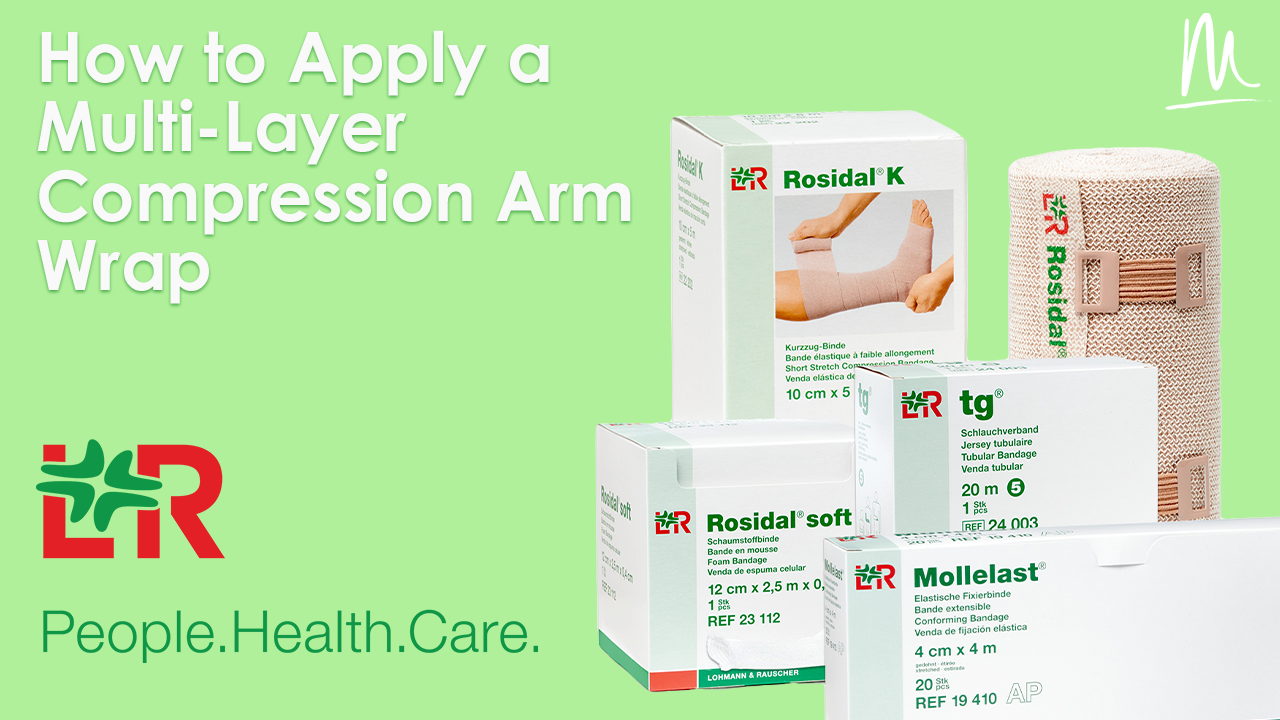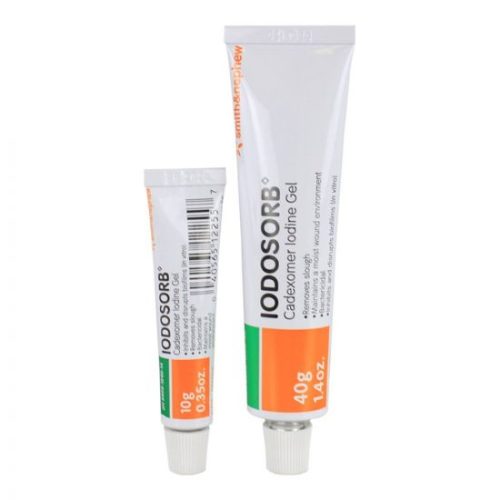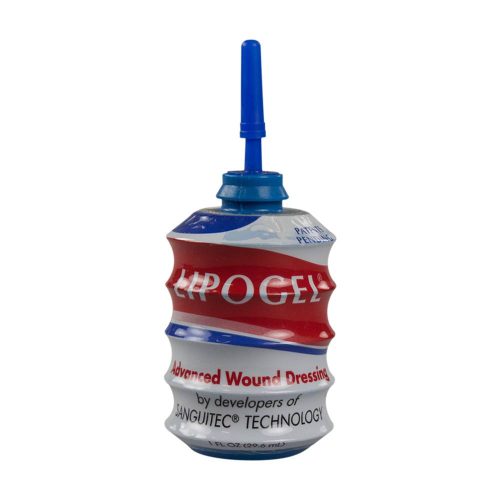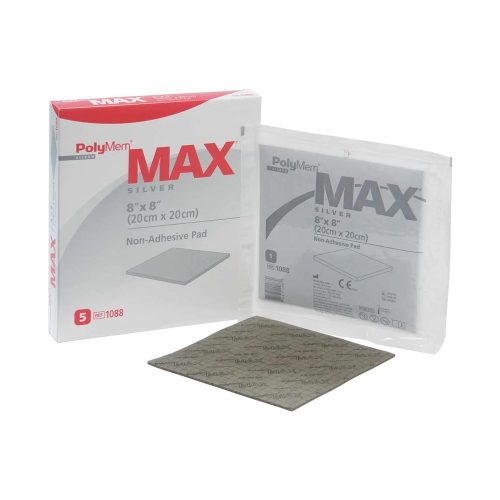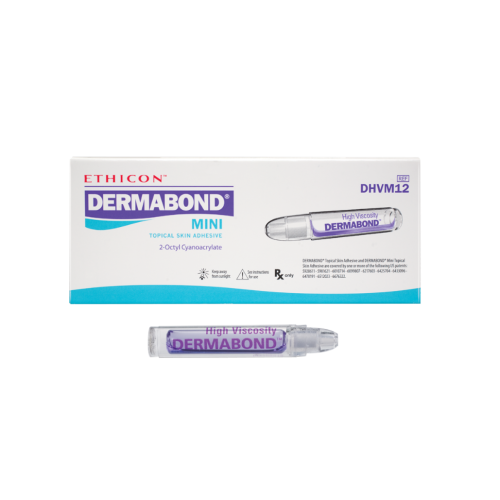Wound dehiscence is a serious type of medical condition wherein a surgically closed or sutured wound reopens. According to the National Institute of Health (NIH), “Wound dehiscence is estimated to occur in 0.5–3.4% of abdominopelvic surgeries, and carries a mortality of up to 40%.”
Understanding this condition is key to prevention, early recognition, and effective treatment.
What Is Wound Dehiscence?
Wound dehiscence is a situation where a wound reopens or ruptures along a surgical incision. This can be external and visible, or internal.
It must be identified and treated quickly. It can be fatal.
Signs and Symptoms of Wound Dehiscence
Notable research hospital Cleveland Clinic describes the most frequent sign of wound dehiscence as, “The feeling that something is pulling or ripping in the incision.”
Other warning signs and symptoms to be aware of include:
- Visibly broken sutures
- Bleeding
- Swelling, inflammation, or infection at the incision site
- Foul-smelling wound discharge
- Wound is leaking
- Fluids or drainage is visible or felt
- Fever
- Pain
- Bleeding
- Dark skin color, bruising, or reddish discoloration at the surgical site
- Part or all of the wound is open
If these symptoms are happening, seek medical care immediately.
What Causes Wound Dehiscence?
Wound Dehiscence is most frequently caused by infections of the surgical site. Infection risk can be mitigated to some degree with sterile, post-surgical wound care.
However, poor quality suturing, physical activity, or severe Vomiting or coughing can also cause dehiscence
Factors Which Increase Likelihood of Wound Dehiscence
Several factors can increase the likelihood a person might experience wound dehiscence after surgery. These include medical conditions, medical treatments that negatively impact the immune system (like radiation, chemotherapy, or corticosteroids), and other types of reduced immune function.
Medical conditions which pose a significant, increased risk of wound dehiscence include:
- Diabetes
- Anemia
- COPD and related respiratory conditions
- Conditions causing malnutrition (i.e. pancreatic insufficiency, anorexia, Crohn’s disease, certain cancers)
- Hypoproteinemia
- Obesity
- Cystic fibrosis
- Fibromyalgia
Surgical teams and medical professionals should work proactively to mitigate the risk of wound dehiscence when patients with these conditions undergo surgery.
Most Common Types of Wound Dehiscence
Partial Wound Dehiscence Vs. Complete Wound Dehiscence
Wound dehiscence can be partial or complete (total). Partial dehiscence means a small section of a wound has reopened. Often, the edges of a wound closure have opened, or a stitch or suture has broken. Infection is the most typical cause of partial dehiscence. Though it is smaller, partial wound dehiscence still urgently requires medical treatment and care.
In contrast, complete wound dehiscence means the total surgical incision has reopened. This is very dangerous. The separation can expose internal layers of tissue, muscle sinews, and organs. Bleeding and hemorrhage is a serious, urgent risk.
Perineal Wound Dehiscence (Perineal Wound Breakdown)
Perineal wound dehiscence is the rupture of a surgical closure after childbirth. It’s typically caused by an infection, pressure on the stitches, or internal bleeding.
It is urgent regardless of the cause. If you are postpartum and suspect perineal wound dehiscence, contact your OB-GYN right away.
A sterile gauze dressing, like 3M Medipore + Pad Soft Cloth Adhesive Wound Dressing, can be an effective healing aid in the case of this type of wound dehiscence. It conforms to the body’s contours, protecting the wound without sticking to it as it heals.
Please note that gauze dressing should not replace surgical wound closure or sutures. It is a short-term measure until you can get emergency medical attention. It can also be used to support Perineal wound healing after the wound has received necessary infection treatment and medical closure.
Sternal Wound Dehiscence
Sternal wound dehiscence is the partial or total separation of the sternal bones (sternebrae) post-surgery. It requires urgent treatment. Typically, sternal wound dehiscence is treated with surgical wound debridement (removal of dead or damaged tissue) sternal rewiring, and vacuum-assisted closure therapy.
When sternal wound dehiscence presents with a serosanguineous discharge, it is infected. However, non-infectious sternal dehiscence (NISD) is also a widely recognized potential complication of coronary bypass surgery.
This particular risk can be mitigated with surgical techniques that minimize tissue damage, effective postoperative pain management, and using devices like a sternal brace to prevent accidental physical injury to the sternebrae.
What Are The Best Options For Wound Dehiscence Treatment?
There are four typical options to treat wound dehiscence. These include:
- Infection treatment (antibiotics and antiviral drugs)
- Negative pressure wound therapy
- Hyperbaric oxygen therapy
- Surgical repair
Not all treatment options are equally appropriate for each case of dehiscence.
Negative pressure wound therapy is particularly useful to treat wounds that struggle to heal over time, as it continually pulls excess fluid and bacteria from a wound while alleviating pressure on it. A NPWT product like Avelle Negative Pressure Wound Therapy Dressing uses multiple layers to enhance fluid handling, maintain site sterility, and reduce the risk of pressure damage as it heals.
Notably, draining non-healing wounds and targeting infections is the first course of action in almost all cases.
How Long Does Wound Dehiscence Take To Heal?
Wound dehiscence will take varying amounts of time to heal, depending on several factors. The severity of the wound, its location, underlying risk factors, how long it takes to treat infections, and the availability of effective treatments all have an impact on healing time.
A small incision that experiences dehiscence, treated quickly, could heal in several weeks. But more significant dehiscence typically requires follow-up surgery, and it can take many months, or even over a year, to completely heal.
The best way to encourage swift wound healing after dehiscence is with effective wound care. Follow your physician’s instructions when dressing and tending to your wound.
Strategies To Prevent Wound Dehiscence
Wound dehiscence is not always preventable. However, certain choices can make dehiscence less likely.
After surgery, stay well-nourished and get plenty of rest. Don’t physically stress the surgical site with physical activity. Your physician may request that you wear a brace or protective garments to prevent putting pressure on the wound.
Avoid smoking or drinking alcohol. Make sure to care for the surgical site properly, according to your physician’s instructions. This can include changing bandages, medical adhesives, and cleaning the closure in some circumstances.
Shop Wound Care Supplies With Medical Monks
Effective, comforting wound care reduces the risk of dehiscence. Post-surgical wound care is easier with Medical Monks’ wide range of bandages, adhesives, and advanced wound closure and care products.
Shop now for the wound protection and treatment materials that meet your needs. If you need assistance, please reach out! Our team is happy to assist you by chat online, or by phone at 844-859-9400.

The MEDICAL MONKS STAFF brings to the table decades of combined knowledge and experience in the medical products industry.
Edited for content by JORDAN GAYSO.
